The contribution of Public Relations to Biocultural Heritage
DOI:
https://doi.org/10.54789/rihumso.23.12.23.4Keywords:
Public Relations, Heritage, Biocultural, Culture, Communication, Public Relations, Heritage, Biocultural, Culture, CommunicationAbstract
The following work aims to show the relationship between public relations and biocultural heritage, taking into account socio-environmental and cultural aspects. Is of great importance to expand the communicational tools that represent it socially. Public Relations is defined as a communicational and interdisciplinary tool that contributes to the construction of the biocultural heritage identity, generating mutually beneficial relationships between the bearers and the public. The objective of this project is to qualitatively analyze the main concepts of heritage, using descriptive research, by means of available bibliographic information. This work is based on the definition and characterization of both public relations and biocultural heritage and the aspects that relate them. Considering all of the above, heritage is constituted as a resource and product, which, managed through research, planning, communication and evaluation of public relations, enhances its scope through a favorable image and sense of local belonging.
Published
How to Cite
Issue
Section
Copyright (c) 2023 Maria Florencia Moya

This work is licensed under a Creative Commons Attribution-NonCommercial-NoDerivatives 3.0 International License.
The authors that publish in this Journal accept the following terms:
a. Authors retain copyright and grant the journal right of first publication with the work simultaneously licensed under a Creative Commons Attribution License Attribution-NonCommercial-NoDerivs 3.0 Unported (CC BY-NC-ND 3.0) that allows others to share the work with an acknowledgement of the work's authorship and initial publication in this journal.
b. Authors are able to enter separate, additional contractual arrangements for the non-exclusive distribution of this journal's published version of the work (e.g., post it to an institutional repository or publish it inside a book), with an acknowledgement of its initial publication in this journal. All the works published on this Journal are retrieved and safeguarded in the Institutional Repository of this University: Repositorio UNLaM
c. Authors are allowed and encouraged to post their work online (e.g., in institutional repositories or on their website) prior to and during the submission process, as this can lead to productive exchanges, as well as to enriching and enlarging the number quotations on the work published.
















